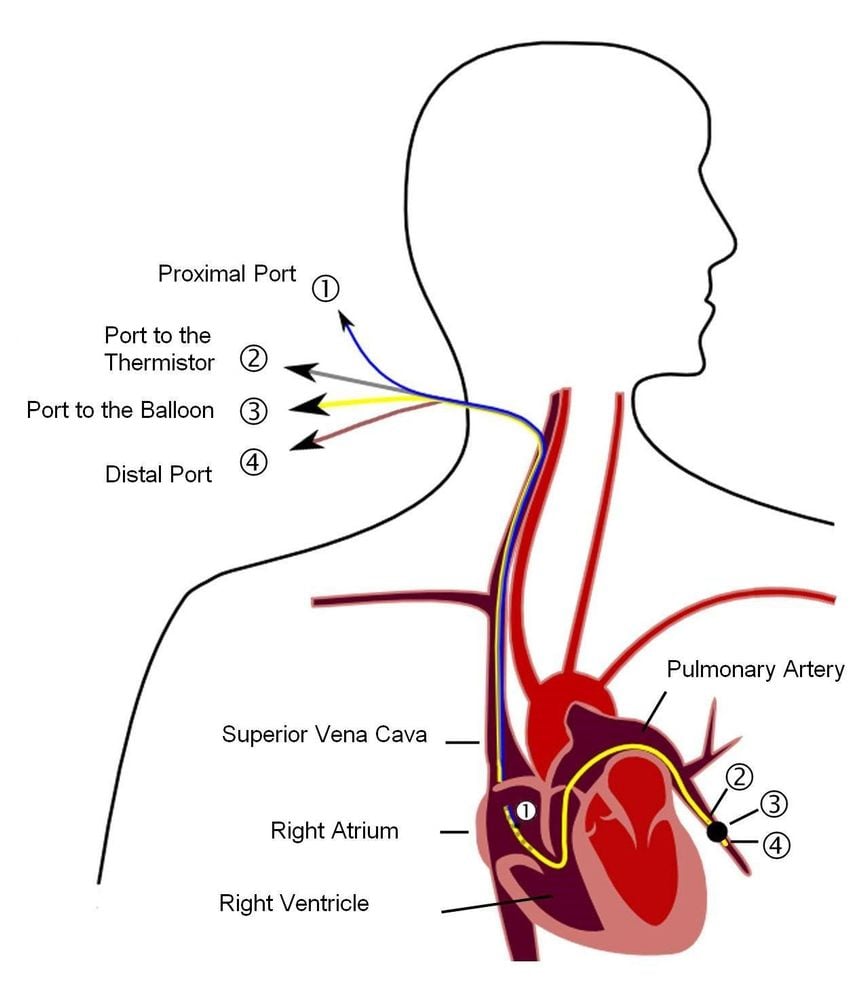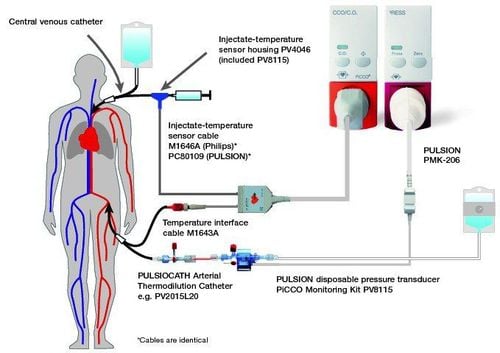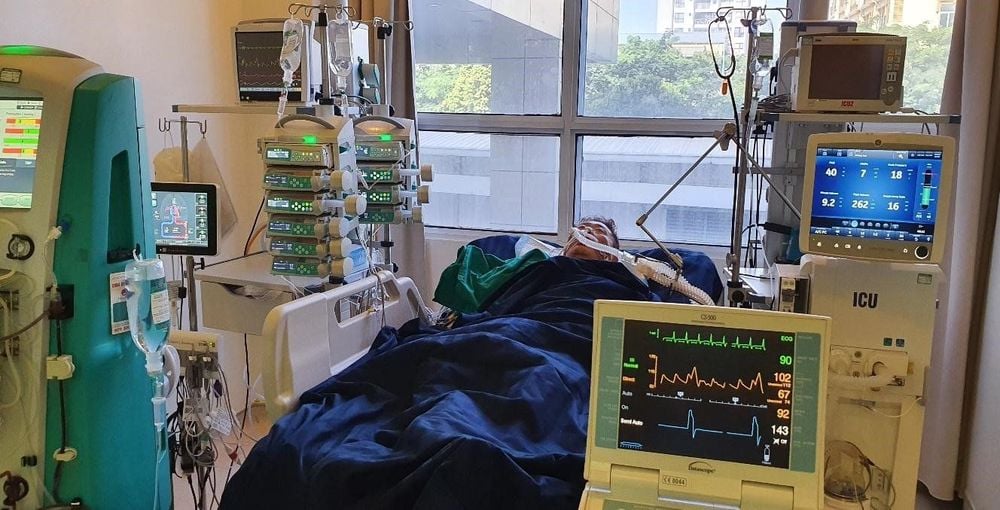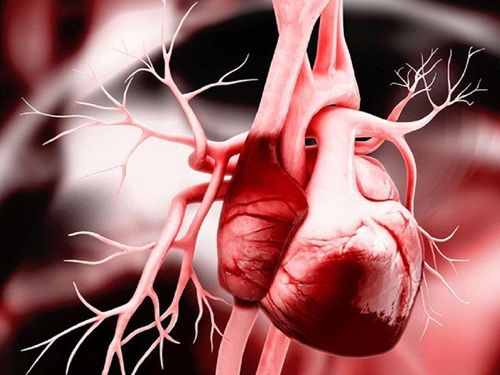This is an automatically translated article.
The article was written by MSc Nguyen Ngoc Quang - Intensive Care Unit - Vinmec Times City International General Hospital.
Hemodynamic exploration is a measurement method to evaluate the cause of a patient's hemodynamic deterioration. The measurement to find the cause of hemodynamic decline can be from the following factors: preload, myocardial contractility, and afterload.
Over the past 40 years, the Pulmonary Artery Catheter (PAC) method has been considered a basic tool in hemodynamic exploration in the ICU and has been widely used in critically ill patients. Clinicians understand the pathology of a variety of hemodynamic processes.
However, in recent years, the benefits of using PACs have been hotly debated, with studies showing that PAC use does not improve mortality. Along with the development of science and technology, people are looking for more different methods for hemodynamic exploration with the hope that they can replace PACs that can bring more therapeutic benefits.

1. New methods
1.1. PiCCO® system System PiCCO® system invented in Germany, can monitor hemodynamics using thermal dilution of the lungs to measure cardiac output (CO). The system only requires placing one artery and one vein, making the intervention simpler and safer for the patient.
One big difference from the PAC above is: the cold heat injected will need to travel a longer distance: from the heart - through the lungs - to the left heart - to the aorta and is measured at The inguinal artery, because it passes through the lungs, has the benefit of being able to measure additional pulmonary parameters.

From the arterial pulse analysis results compared with the patient's height, weight, age, and gender, the system will estimate the systemic vascular resistance (SRV). From this SRV result, the machine calculates cardiac output (CO).
The FloTrac® / Vigileo® method does not require a central venous line and a large artery, but only a small artery entry for pulse measurement. The advantage is less invasive, less complications, but the measured results are not as accurate as the two methods above.

2. Application of hemodynamic methods
With severe hemodynamic conditions, it is necessary to carefully evaluate myocardial contractility and systemic vascular resistance, two important factors that create a stable blood pressure for the patient.
It is very important to find out what is causing the drop in blood pressure, so that there is a strategy to add inotropic drugs or vasopressors to restore blood pressure.
Applying one of the above hemodynamic methods has brought about very good treatment results for patients with hemodynamic disorders, severe hypotension.

Vinmec International General Hospital is one of the hospitals that not only ensures professional quality with a team of leading medical doctors, a system of modern equipment and technology. The hospital provides comprehensive and professional medical examination, consultation and treatment services, with a civilized, polite, safe and sterile medical examination and treatment space.
Please dial HOTLINE for more information or register for an appointment HERE. Download MyVinmec app to make appointments faster and to manage your bookings easily.














